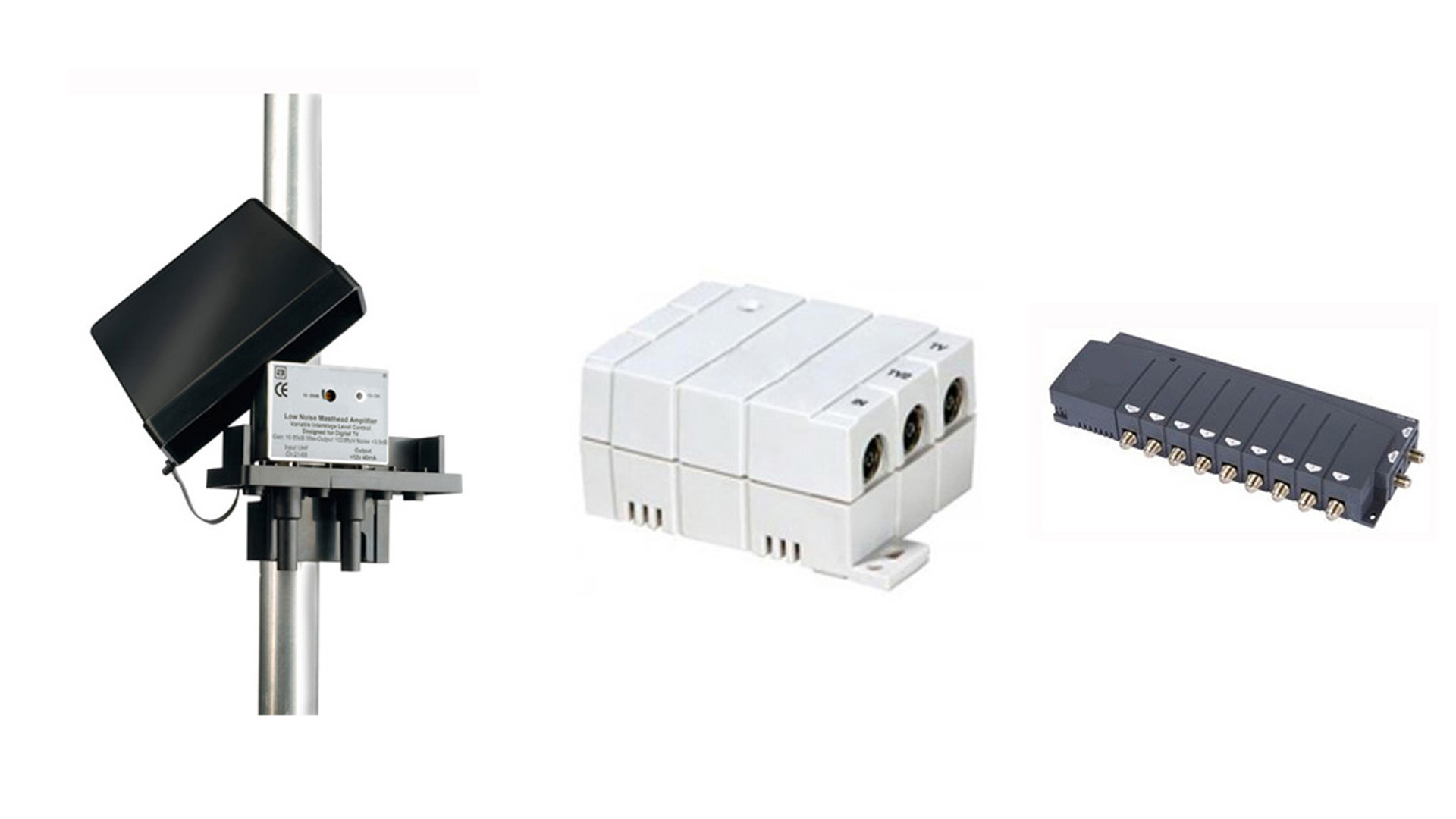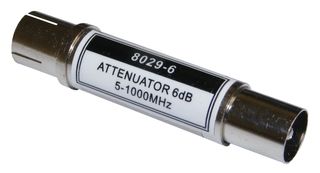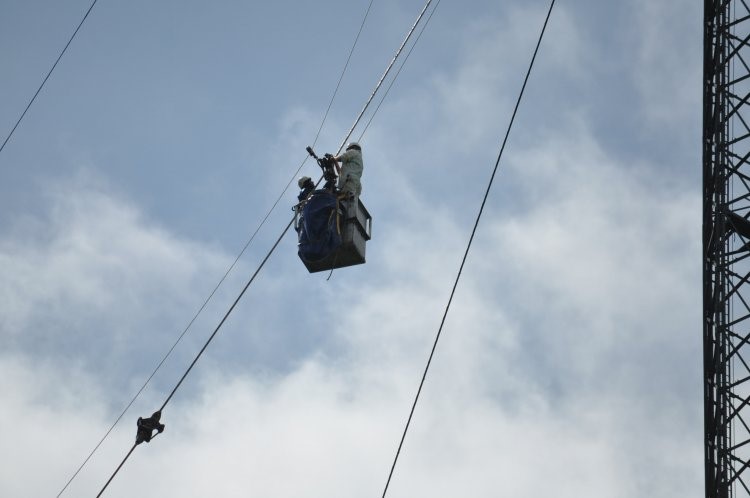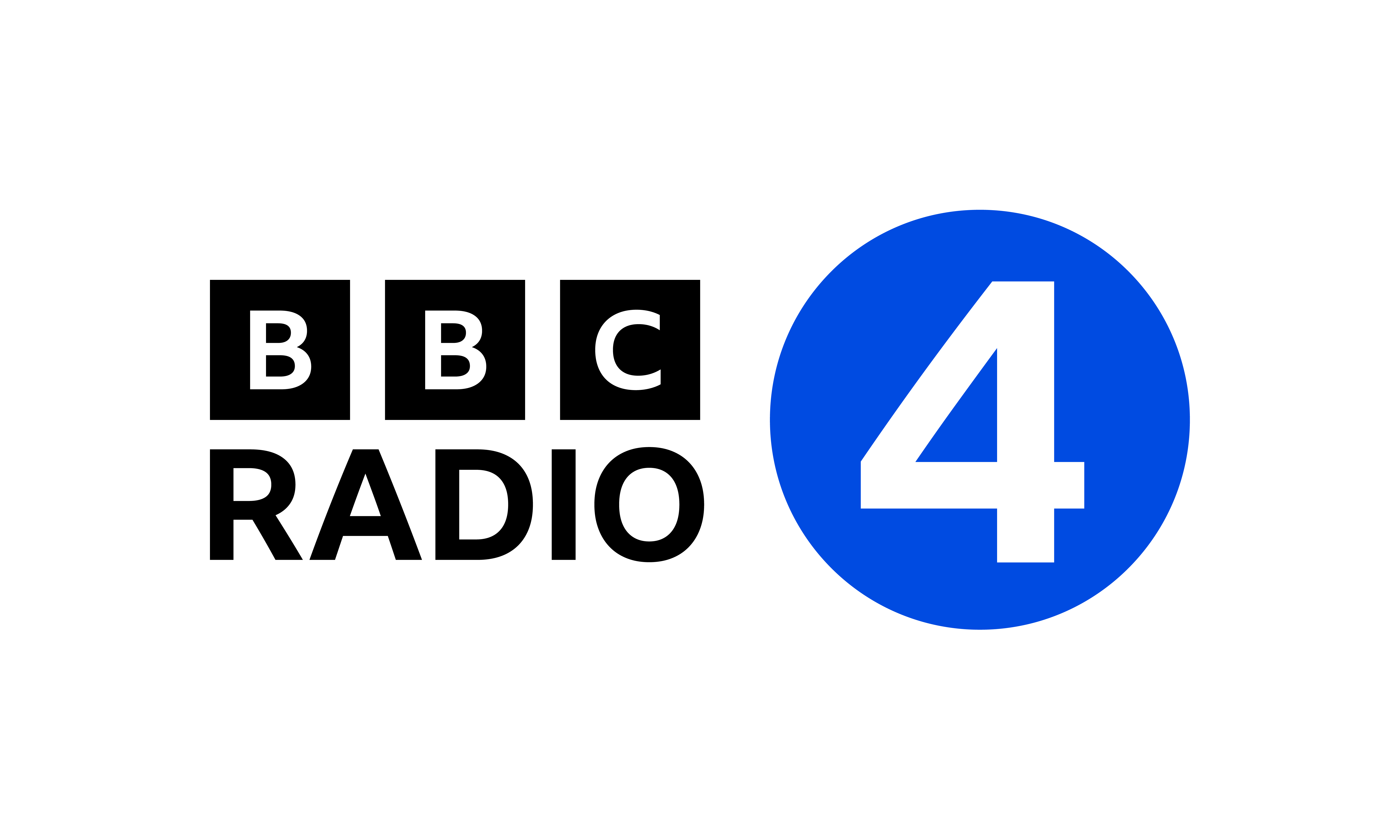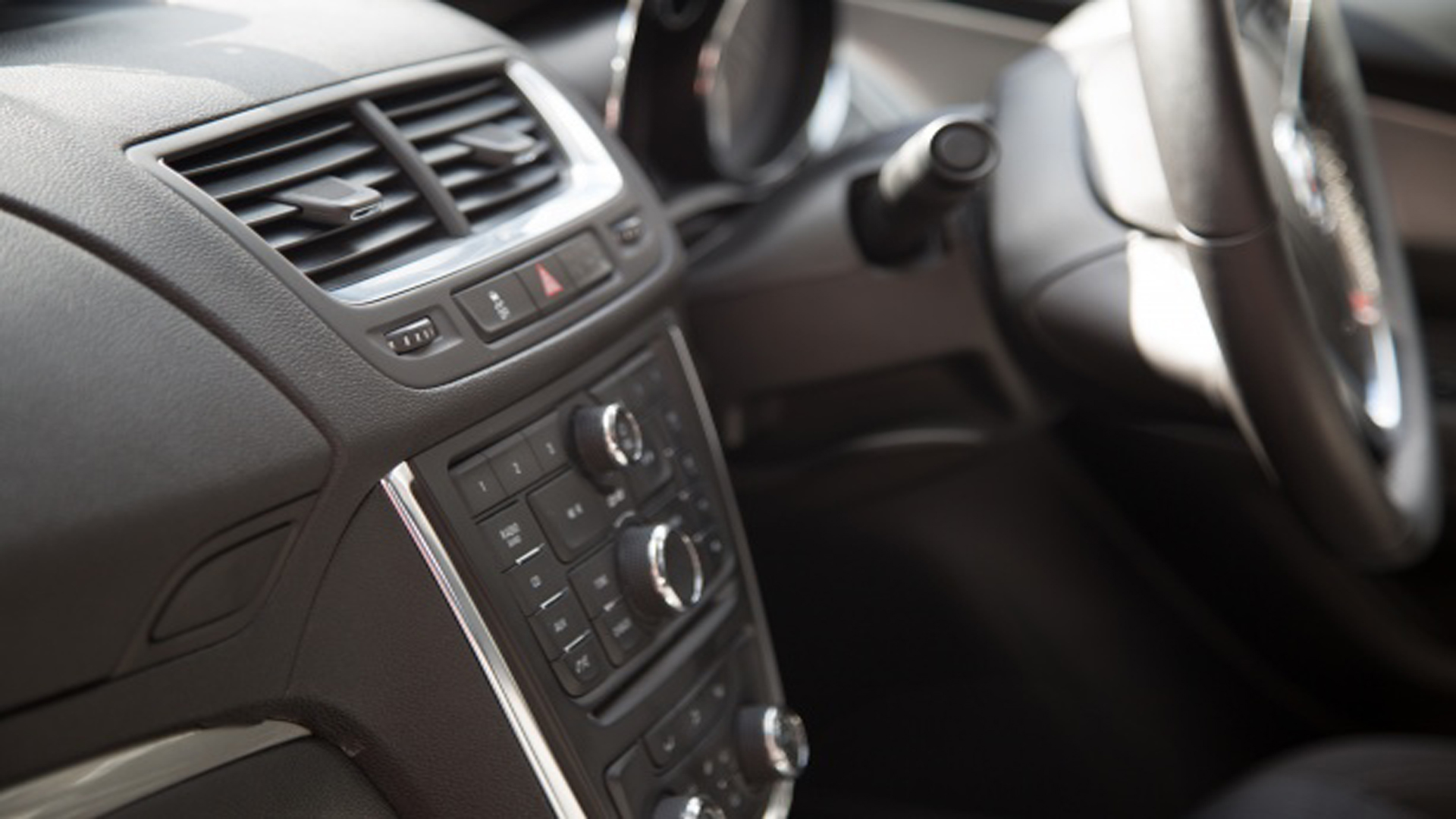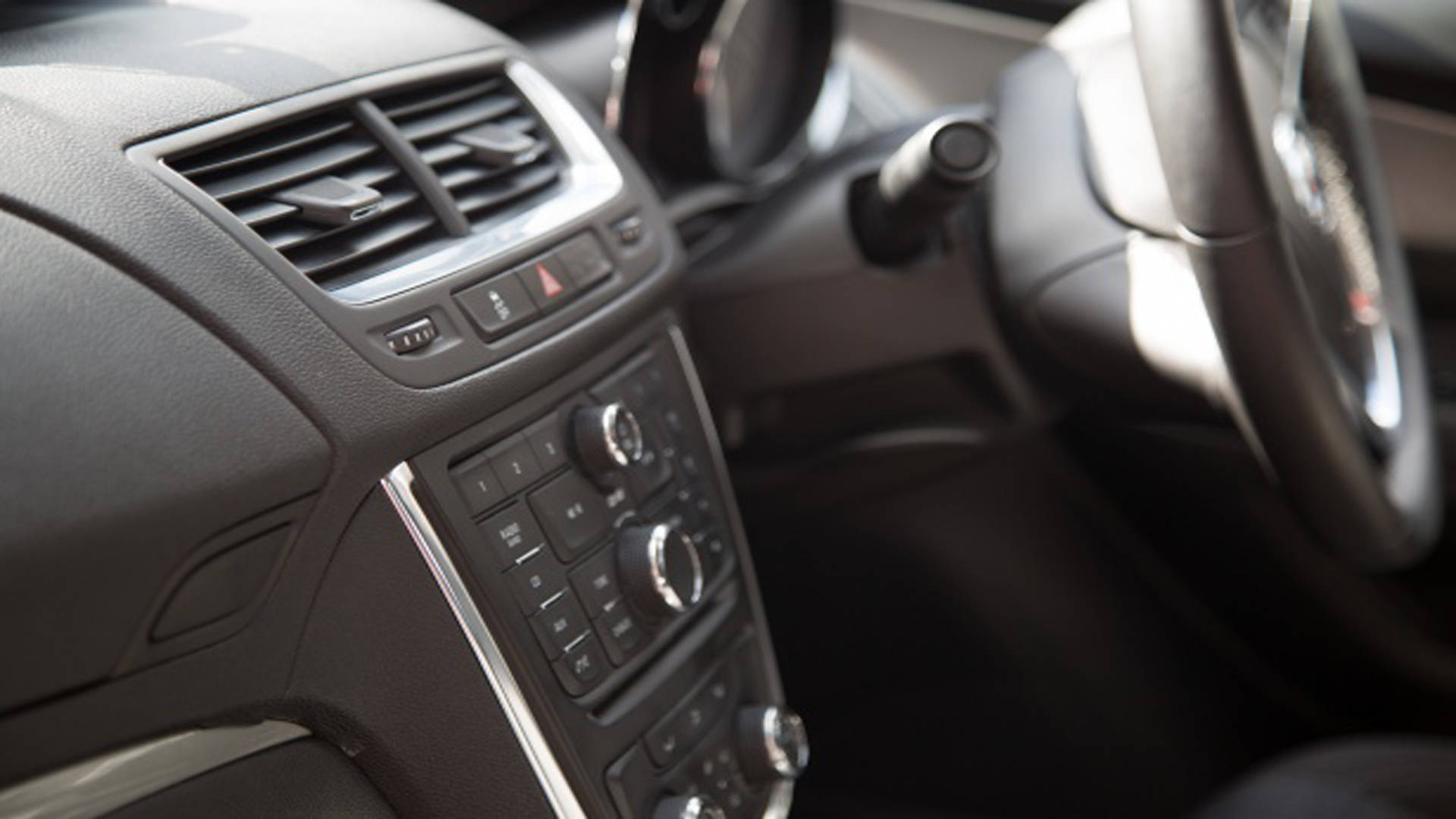During wet weather, when covered in moisture, all trees can have an appreciable effect on signals. As trees sway in windy weather the screening effect varies, leading to fluctuations in the quality of reception.
Few people are aware of the effect trees can have on the reception of television broadcasts. The greatest effect of trees tends to be on the higher frequencies, that is on channels 39 and above.
UHF transmissions closely resemble those of light waves. As with light, objects such as hills, buildings, or tall trees can obstruct or deflect the UHF signals, creating deep shadow patterns in which reception is difficult. The screening effect of trees has a further disadvantage in that it can vary greatly with the season and weather conditions, and is especially important in areas where television signals are weak.
When the surrounding trees are below the level of the rooftop, there should be no problem, provided that an adequate roof-mounted UHF aerial of the correct type is used. Where trees are above the level of the rooftop it may be necessary to install aerials so that they are above the trees. This can sometimes be achieved by mounting the aerial on a pole attached to the chimney stack or by using a remote aerial clear of the trees. The problem is more difficult for people who live in single-storey houses. However, it is sometimes possible to site a receiving aerial so that it is below the main branches of the trees. If there are no other obstructions at a low level, then satisfactory reception may result. When deciding the height of an aerial, allowance should be made for the growth of the tree. It is also possible to install a type of aerial called a ‘grid’ these can give better results than standard ones but it can often be a case of experimenting
If the aerial cannot be mounted above the tops of the trees, the signal will inevitably be weakened in passing through the trees. This is not necessarily disastrous but it may involve the use of a high-gain aerial, possibly with a masthead amplifier. In any case, it is desirable to use a good quality low-loss feeder to connect the aerial to the receiver, and it will often be advantageous to try an alternative position for the aerial - on a different chimney stack for instance.
.jpg)

